To make
cloisonné, you start with a metal base (in this case, a copper pot).
A craftsman then bends small pieces of copper wire to create a design on the surface of the metal base. By doing this, they also create small enclosures, known as cloisons (French for partitions). The enclosures are then pasted or soldered onto the metal body.
A glass paste or enamel of varying color is then added with an eye dropper into each of the small enclosures.
The item is then fired in a kiln at a relatively low temperature (around 800°C or 1470°F). The enamel often shrinks after firing, so the process is repeated several times to fill in the designs. Once this process is complete, the surface of the pot is polished until the edges of the cloisons are visible. The remaining metal is then gilded, often in gold.
We enjoyed our tour of the factory greatly but be warned, many tour companies make a commission off anything you buy and can therefore be quite pushy in the gift shop. We specifically booked our tour through a company that does not participate in this practice.

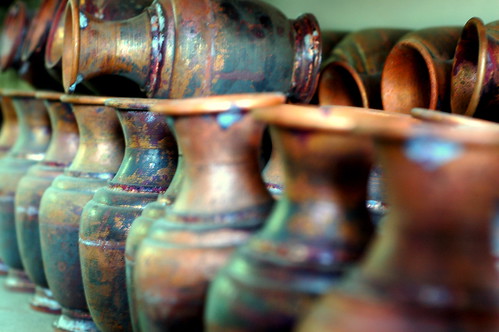
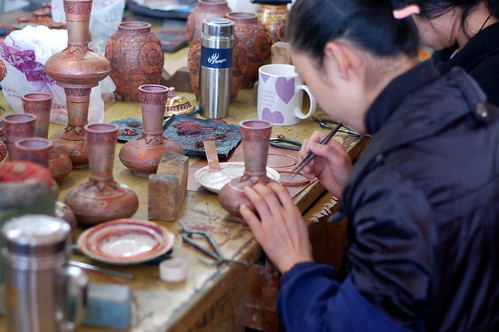

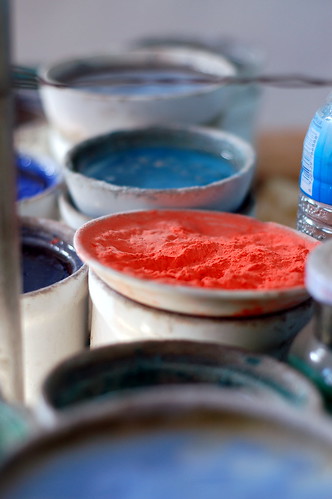
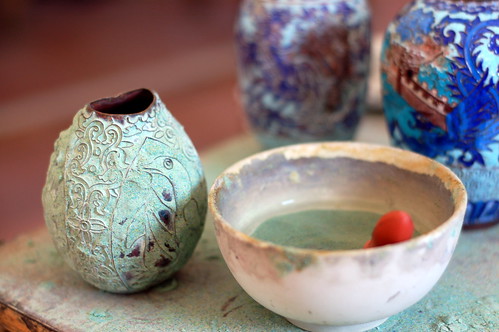
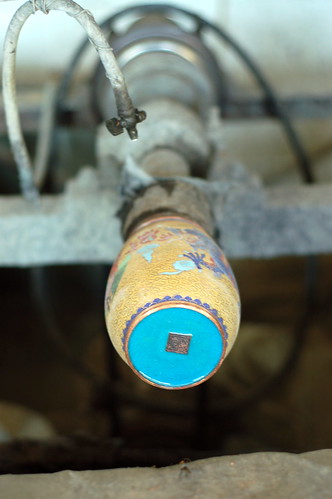
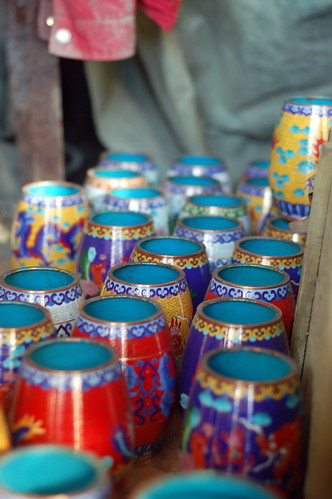
Kristin, I LOVE your blog! (I am following it on my Google Reader.) I have always been drawn to cloisonné. Thank you for sharing this experience -- and all the others, too!
ReplyDelete